What is Nahargarh? Nahargarh is a hill fort in Jaipur, Rajasthan. It is built on 700 ft high Aravali hills encircling the Pink City. This fort was built for fortification protection to Amer.
Where is Nahargarh Fort in Jaipur?
The fort stands north of Jaipur city on the edge of the Aravali Hills. The palace complex is well visible from every part of the city. Its extended walls are spread over many kilometers area.
Why is it called Nahargarh?
There are 2 theories on the fact –
- Theory 1 – The fort was initially called Sudarshangarh. But when the fort was being built, laborers experienced a strange phenomenon. Each night, the construction was demolished. Maharaja came to know that the place was once occupied by Rathore prince Nahar Singh Bhomia. And his spirit haunted the place. After consulting scholars, Sawai Jai Singh ll renamed the palace to Nahargarh and also constructed a shrine dedicated to Nahar Singh ji. Thus, the fort is called Nahargarh.
- Theory 2 – Also, Nahar in Hindi means Tiger, and Garh means Fort. The fort was home to many tigers at that time of construction. As a result, the fort is called Nahargarh, meaning Tiger’s Fort.
History of Nahargarh Fort Jaipur
Sawai Jai Singh ji ll laid the foundation of Nahargarh in 1734 AD. Nahargarh Fort was built for many reasons. Namely;
- The construction of Tiger Fort was mainly to form a guarding wall around Amer and Jaipur.
- In addition, this fort was also used as a hunting spot for kings, as there were many wild animals in the forest.
- It served as a Security Check Post to keep an eye on enemy movement from the South and West directions.
- It was also used for a summer retreat for maharajas.
Sawai Ram Singh ll extended the fort in 1868 AD. But the main palace complex, Madhavendra Bhawan, was built by Sawai Madho Singh ji in 1883-1892 AD. This answers who built Nahargarh and when Nahargarh was built.
It is estimated that a sum of 350,000 Rupees were spent on its construction.
This fort never saw any action but witnessed some historical events like the treaty with Maratha in the 18th century. Ram Singh ll moved the British Resident’s wife and other Europeans to the security of the fort during 1857’s war of independence.
Apart from these, Maharaja Jagat Singh’s concubine Ras Kapur, and Sanghi Jhuntharam (blamed for poisoning Jai Singh III) were imprisoned in Tiger Fort.
Architecture of Nahargarh Fort
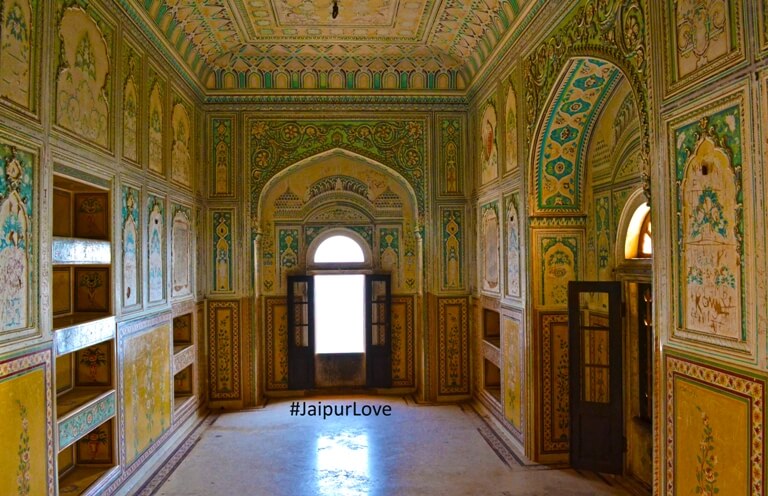
This fort is an excellent example of Indo-European Architecture. The bright yellow coloured fort is made of stone masonry and lime. Large courtyards, towers, and grand gates are influenced by Rajput architecture. Madhavendra Bhawan, the main palace compound, was built by Madho Singh ji. It is the focal point of the fort.
It comprises 9 double-storeyed suites for 9 different queens. These suites are identical and are connected by corridors. The suites are beautifully decorated with Rajput Mughal frescoes depicting lifestyle, flowers, etc.
These frescoes contrast with coloured glass windows. Palace windows open to Jaipur city, which reminds one of the royal life of the ladies. The 10th suite was meant for the king himself. Notably, each suite has its own kitchen and toilet. To summarize, here is a list of 9 suites named after the queens:
- Suraj Prakash Mahal
- Chandra Prakash Mahal
- Anand Prakash Mahal
- Jawahar Prakash Mahal
- Lakshmi Prakash Mahal
- Ratan Prakash Mahal
- Lalit Prakash Mahal
- Basant Prakash Mahal
- Khushal Prakash
Water Reservoirs or Baodis of Nahargarh
Like most Rajput Hill forts in Rajasthan, Naharhgadh also has its own water conservation system. There are 2 baodis or step wells inside the fort. One is in front of the palace, and the other is opposite Madhavendra Bhawan. These are built using the cut in the natural rifts. They are both connected to many canals in the area in order to collect rainwater. The water stored in these was enough for a year’s need.
Wax Museum in Jaipur
Nahargarh is also a site for a Wax Museum. The one-of-a-kind museum showcases wax and silicon statues of various celebrities who have contributed well to society.
The Sheesh Mahal in the museum is a real-life background for sculptures of Maharajas and Maharanis. The museum opens daily at 10:00 AM and closes at 6:30 PM. Entry charges for Indian visitors are 500 Rs and for Foreigners is 700 Rs per person.
Nahargarh by night
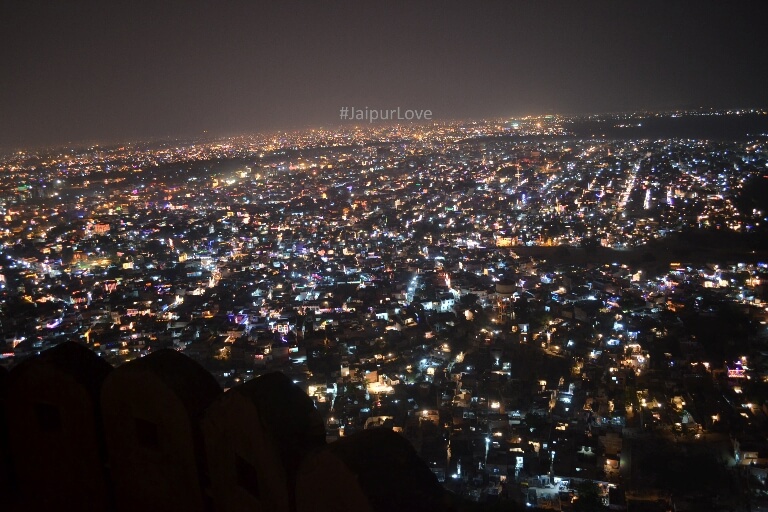
The switch to lights in the Palace is on till 9 PM. Recently, the lighting was extended to fort walls. The golden coloured palace looks like a huge canvas over Jaipur city. The entry to the fort is closed by 5:30 PM.
Many daredevils go to the fort late at night or early morning to see the city light, sunrise, and sunset. The fort is in the middle of a dense forest. It is advisable to visit the fort in a group. And take extra caution while driving on the curvy roads. Mobile networks on the fort have a bad reception in some spots.
Nahargarh Fort Sunset View
The sunset view from Nahargarh Fort is considered one of the most iconic experiences in Jaipur. As the sun dips behind the Aravalli hills, the Pink City slowly lights up, creating a golden-orange skyline that transitions into twinkling city lights. Locals and tourists alike visit in the late afternoon to capture photographs and enjoy the cool evening breeze, making sunset the most popular time to be at Nahargarh.
JaipurLove isn’t complete without Nahargarh
For locals, Nahar Garh Fort is more than a monument; it’s where first dates happen, where friends chase sunsets, and where Jaipur quietly reminds you why it’s called the Pink City. Watching the city glow from Nahargarh at dusk is a feeling every Jaipur lover carries home, long after the trip ends.
Nahargarh Fort in a One-Day or Half-Day Jaipur Itinerary
Nahargarh Fort fits perfectly into both half-day and full-day Jaipur itineraries. In a half-day plan, visitors usually start with Amer Fort and Jaigarh Fort in the morning and head to Nahargarh by late afternoon to enjoy sunset views and early evening city lights. In a one-day itinerary, Nahar Garh works best as the final stop after exploring Amber, Jal Mahal, and local markets, offering a relaxed end with panoramic views and dinner at Padao before returning to the city.
Restaurants in Nahargarh, Jaipur
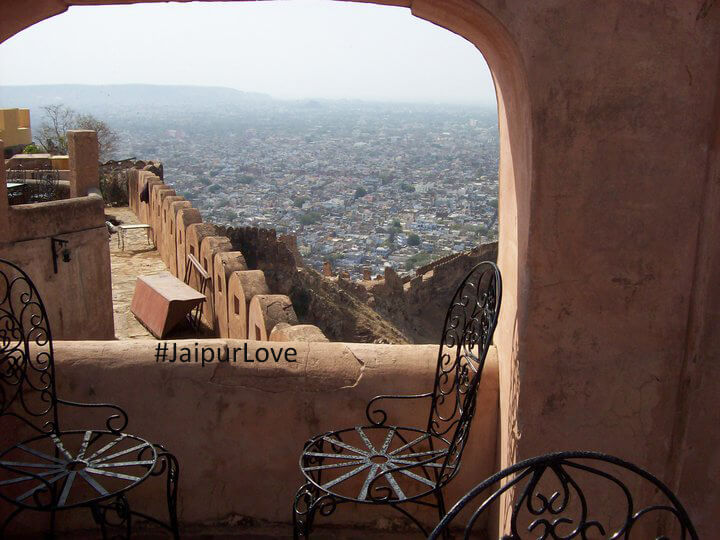
Rajasthan Government has permitted two restaurants in the fort complex to promote night tourism. Visitors can have refreshments and proper meals at these. If you wish to experience the mixture of royalty and a calming forest breeze, these are the two options:
- Once Upon A Time – this is a privately owned fine dining restaurant inside the palace. It is famous for its royal ambience and yummy North Indian cuisine. This place is open till 11 PM.
- Padao – This restaurant is operated by RTDC. It is without a doubt the most popular place in Jaipur amongst the youth. The little booths are good for a small group of friends or family. The cobbled courtyard brightens up with vintage-looking lights. The open-air courtyard overlooks Jaipur city. One can enjoy his/her food and drink while watching the city lights go on with dusk. This place is open till 10 PM at night, and it serves hard drinks too.
Nahargarh Timings
Nahargadh Fort opens daily at 10:00 AM and closes at 5:30 PM. Entry for visitors is strictly closed after 5:30 PM, even though the fort remains illuminated at night. The fort remains closed on Dhulandi (the day after Holi).
Can we go to Nahargarh Fort at night?
Visitors are not allowed inside the fort premises at night as per official rules. However, people can visit the restaurants located within the fort complex, such as Padao and Once Upon A Time, which remain open till late evening. The fort lighting stays on until around 9:00 PM, making it visible from across Jaipur.
Nahargarh Fort Entry Tickets
| Indian | Foreigner | |
|---|---|---|
| Tourist | 100 Rs. | 600 Rs. |
| Student | 50 Rs. | 300 Rs. |
Entry to Nahar garh Fort is free on these days
- 30 March Rajasthan Diwas
- 18 April World Heritage Day
- 18 May World Museum Day
- 27 September World Tourism Day
- Entry for School/College groups is free from 10 AM to 12 PM.
Places of interest near Nahargarh
The prominent fort lies on the border of hills separating Jaipur city from the Reserve Forest. To summarize, here is a brief list of places of interest around Nahargarh with their distance:
- Amer Fort (11 Km)
- Jaigarh Fort (6.5 Kms)
- Nahargarh Biological Park (18.1 Kms)
- Jalmahal (10.3 Kms)
How to reach Nahargarh Fort
There are two routes to reach Nahargarh. One is a pakka asphalt road cut from the Amer Road (Jaipur – Delhi Road). It is suitable for buses, cars, and two-wheelers. And, another route is a paved uphill path of 1 km from Nahargarh Road.
Although bikes pass through this road but the vertical road is a challenge for all. The road cut from the Amer road is a more popular and safer one. The hilly road up to the fort is 9 km long. It could be covered by car, cab, taxi, or two-wheelers.
A walk to Nahargarh from Nahar garh Road is promising of city life, vertical trek, and panoramic view of Jaipur city. Visitors are advised to finish their journey before dusk.
If you want to explore Nahar Garh as a local, we recommend you rent a bike in Jaipur. All you need is a valid driving license.
Quick Facts about Nahargarh Fort
Nahar garh Fort is a historic hill fort located on the northern edge of Jaipur, built in 1734 AD by Sawai Jai Singh II. It stands about 700 feet above the city on the Aravalli hills and was primarily constructed as a defensive fort to protect Amer and Jaipur. The fort is also known as Tiger Fort, houses the Madhavendra Bhawan palace with nine queen suites and offers one of the best panoramic views of Jaipur. It opens daily from 10:00 AM to 5:30 PM and remains closed on Dhulandi (Holi).
Comparison: Nahargarh Fort vs Amer Fort vs Jaigarh Fort
| Feature | Nahargarh Fort | Amer Fort | Jaigarh Fort |
|---|---|---|---|
| Primary Purpose | City defense & retreat | Royal residence & administration | Military defense |
| Famous For | Sunset views & city panorama | Architecture & royal grandeur | Cannons & war structures |
| Location | Aravalli hills overlooking Jaipur | Amer town outskirts | Above Amer Fort |
| Best Experience | Evening views & dining | Daytime exploration | History & engineering |
| Time Required | 1.5–2 hours | 2–3 hours | 1.5–2 hours |
FAQs about Nahargarh Fort Jaipur
Question: Which movie was shot in Nahargarh Fort?
Answer: Nahargarh Fort gained nationwide popularity after scenes from the Bollywood film Rang De Basanti were shot inside the fort complex, particularly around the baodis and open courtyards. The movie significantly boosted tourism interest in Nahargarh, especially among young travelers and film enthusiasts visiting Jaipur.
Question: What is the horror story of Nahargarh Fort, Jaipur?
Answer: The most famous horror story associated with Nahargarh Fort dates back to its construction period. It is believed that the spirit of Rathore prince Nahar Singh Bhomia disrupted the fort’s construction by demolishing it every night. To pacify the spirit, Sawai Jai Singh II built a shrine inside the fort dedicated to Nahar Singh, after which construction progressed smoothly. While this legend adds mystery, locals consider Nahar garh more historical than haunted.
Question: What is Nahargarh Fort famous for?
Answer: Nahar garh Fort is famous for its panoramic views of Jaipur city, its royal palace, Madhavendra Bhawan with nine identical queen suites, sunset and night cityscapes, historical significance, and popular restaurants like Padao. It is also known for heritage architecture, water conservation systems, and being one of Jaipur’s best viewpoints.
Question: Is Nahargarh Fort free entry?
Answer: Nahargarh Fort is not free for regular visitors, but entry is free on select government-declared days such as Rajasthan Diwas, World Heritage Day, World Museum Day, and World Tourism Day. School and college groups also get free entry between 10:00 AM and 12:00 PM with a valid ID.
Question: What are Nahargarh Fort timings at night?
Answer: While the fort closes at 5:30 PM, the palace and fort walls remain illuminated until approximately 9:00 PM. Restaurants inside the complex operate later, with Padao closing around 10:00 PM and Once Upon A Time operating till about 11:00 PM. Visitors staying late should rely on pre-booked transport.
Question: What are the ticket prices for Nahargarh Fort?
Answer: Nahargarh Fort ticket prices vary for Indian and foreign tourists and may change periodically based on government updates. Tickets are purchased at the entrance counter, and additional charges apply for attractions like the Wax Museum. Visitors are advised to check current rates locally or through official tourism sources before planning.
Question: Is Nahargarh Fort safe for solo travelers?
Answer: Yes, Nahargarh Fort is generally safe for solo travelers during daytime and early evening hours. However, locals recommend avoiding late-night travel due to forest surroundings, low traffic, and limited mobile network coverage on certain stretches of the road.
Question: How much time is enough to explore Nahargarh Fort?
Answer: Most visitors need around 1.5 to 2 hours to explore this Fort comfortably, including Madhavendra Bhawan, viewpoints, and photography. Those planning to dine at the restaurants should budget extra time.
Question: Is Nahargarh Fort better than Jaigarh Fort?
Answer: Nahar-garh Fort is better for city views, sunsets, and relaxed sightseeing, while Jaigarh Fort is more focused on military architecture and history. Many travelers prefer visiting both on the same day as they offer very different experiences.

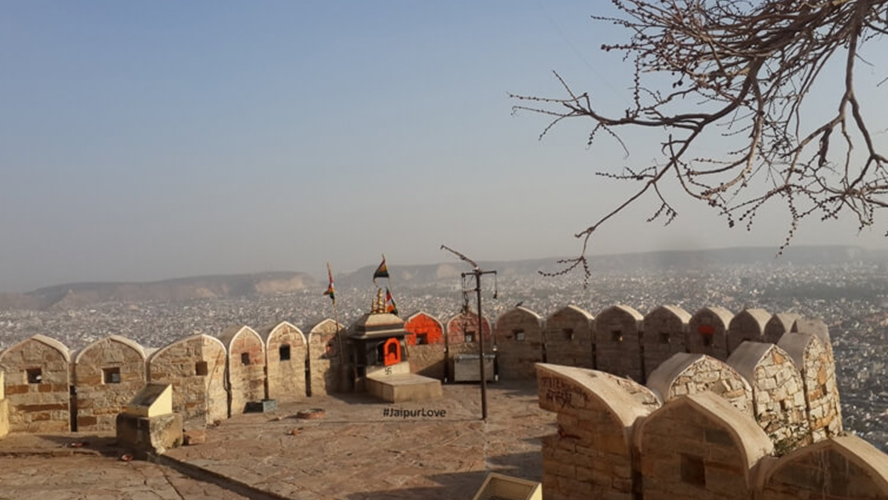
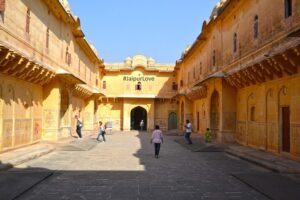
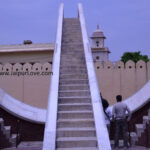
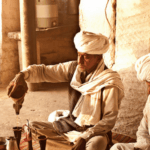
Harley 8 Dec 2018
Couldn’t visit Nahargarh fort during my Pink city visit. Regretting now.
Sumit Ghosh 8 Jan 2019
Nahargarh Fort in Jaipur is the same as in Rang De Basanti movie, right?
Pawan 11 Jan 2019
Yes, it’s that scene was shot at Nahargarh Fort Jaipur.
Shrinidhi Hande 23 Jan 2019
Great to know about this place